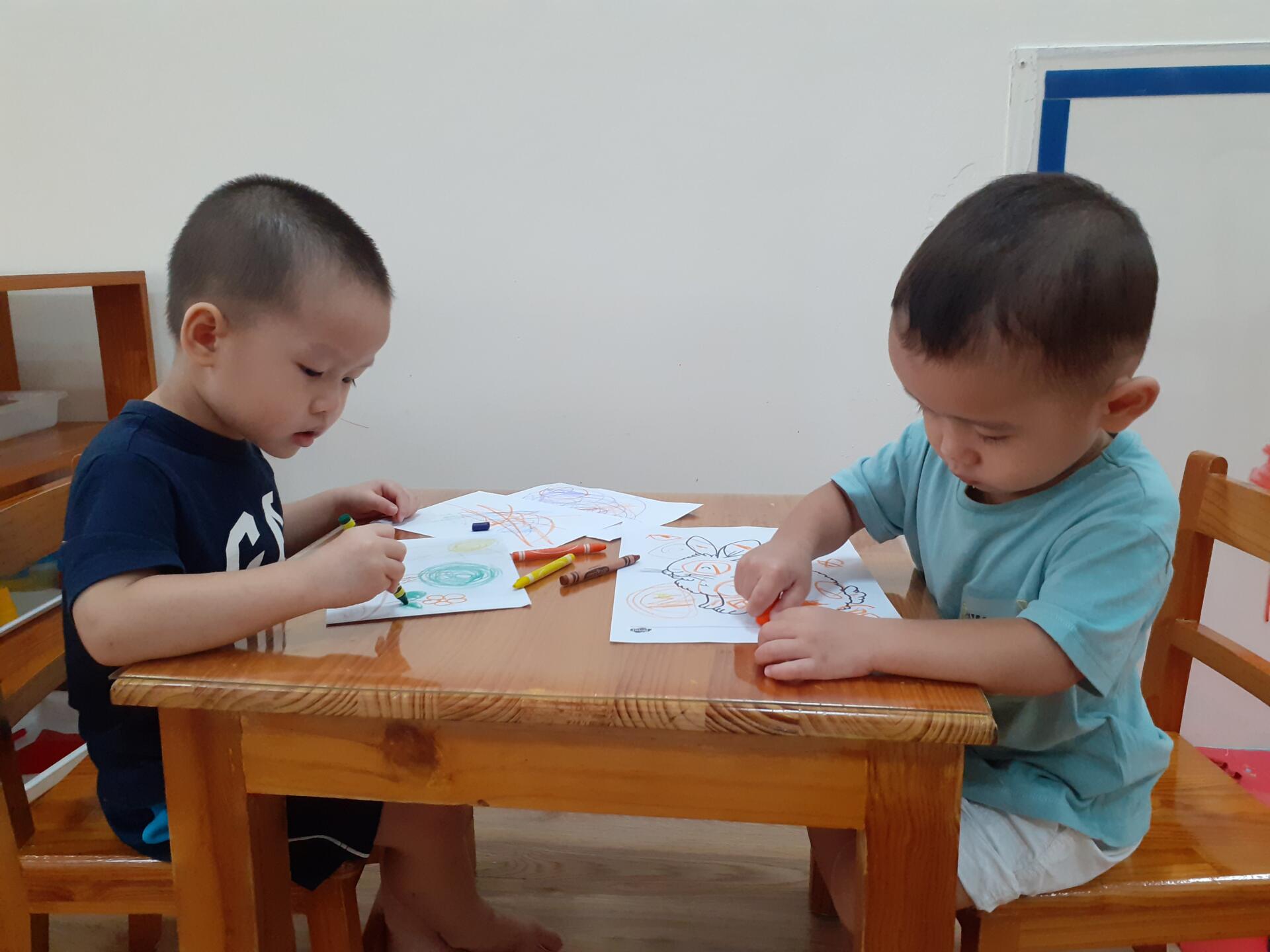Positive Discipline-How Can We Adults Do It?
Positive discipline is difficult, but in the long-term will help more than traditional methods. With Covid-19, we have come to spend more time with our children. This has brought discpline and how we enforce it to the fore. However, as parents, are we ready to cope with some difficult times when our kid gets into a temper and doesn’t listen to us? What will be the right way to deal with our children’s emotions without punishment or indulgence?
We recenlty shared our insights on the topic of ‘Positive Discipline’ in our Parent Workshop, including re-examining the concept of “Misbehaviors” and how we can deal with it when our children lose their temper at home.
If behavior is communication, then misbehavior is a cry for help. It is very important that we Understand Misbehavior.
Before you respond to any misbehavior, you might want to ask yourself three questions: Why is my child behaving this way? What am I going to teach at this moment? And how am I going to teach this lesson?
For most young children, more often they won’t do what you want them to do.The reason is because they are unable to. So before we react, we need to consider:
- Our child’s developmental capacity
- Our child’s own particular temperament
- And the situational context

Positive discipline allows children to work confidently inside the classroom
A simple acronym HALT (Hunger, Anger, Loneliness & Tiredness) may help us identify some common physiological or psychological needs of young children. If these basic needs are not met, they can easily cause the child to have a meltdown, especially for very young children who have not yet learned to control or regulate their emotions.
Sometimes, we can very easily eliminate or even prevent unwanted behavior like tantrums if we are able to quickly identify and meet these needs.
The word DESCILINE came from the Latin root DISCIPLINE which actually means teaching and not punishment. Positive Discipline is a way of teaching based on understanding, encouragement and communication.
The Five Criteria:
- Help children feel a sense of belonging and significance
- Be kind and firm, it means to be respectful and encouraging
- Focus on solutions that teaches valuable social and life skills
- Invites children to build autonomy and develop empowerment
- Effective in the long-term

A child that practices positive discipline is calm and concentrated.
How to apply positive discipline?
When a child is in the midst of strong emotions, he is not able to listen to anything we say. What is important then is to try to connect first so that we can shift our child from reactivity to receptivity, to be able to listen to what we have to say. We can follow the simple steps as below at that moment.
Communicate Comfort
Use nonverbal body language such as smiling, touch, or giving a hug to communicate comfort. If the child doesn’t want a hug or to be touched, being next to him in silence works too.
Validate
When your child calms down, he is now more able to listen to what you have to say. This is a good time for you to validate his feelings, by describing the situation non-judgmentally.
For example, you could say “I see you’re upset because you didn’t get a time to go on the swing, and you wish that your sister will let you have a turn”.
By doing so, you are letting your child know that, one, you are not upset at him and two, you are trying to understand how he is feeling.
Listen
By this time, your child would have calmed down, it is time to give him the opportunity to tell us how he feels. This is the time to really listen to what your child has to say, without interrupting or adding any comments. Children are quick to tell you when you are wrong, “No! I’m not sad, I’m feeling mad and I hate my sister!”
Reflect
Once we’ve listened to what they have to say, we may combine it with our observations and reflect it back to them, helping them work through their emotions.
For example: “I see, you’re feeling mad because you didn’t get a turn for the swing. But you don’t really hate your sister; you’re just frustrated she’s making you wait so long.”
By reflecting and talking together, you help your child understand and manage these big emotions.
Positive discipline is not easy and it requires us to be patient, to understand what our children need at that moment, and to remember that it is a process that will take time.
